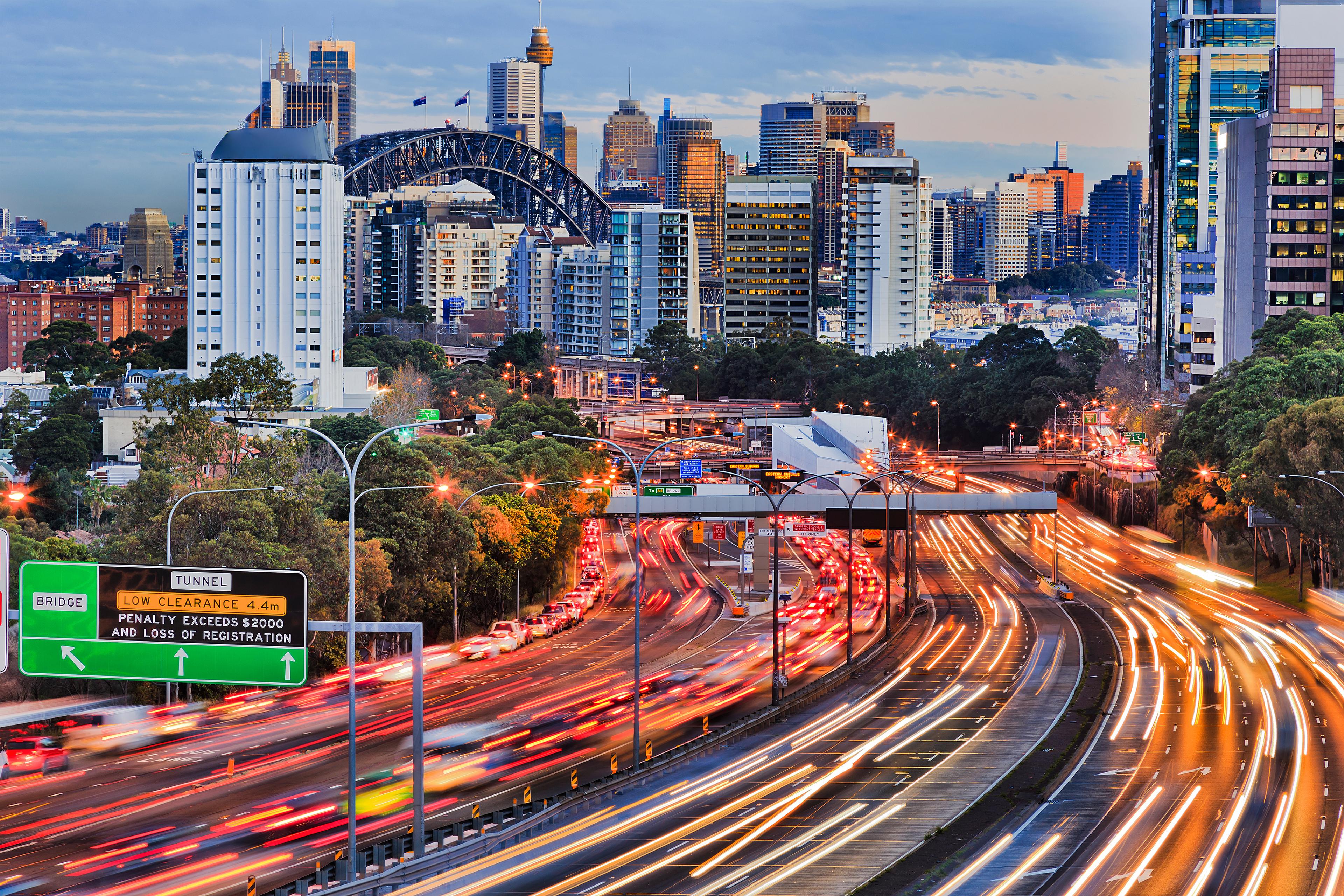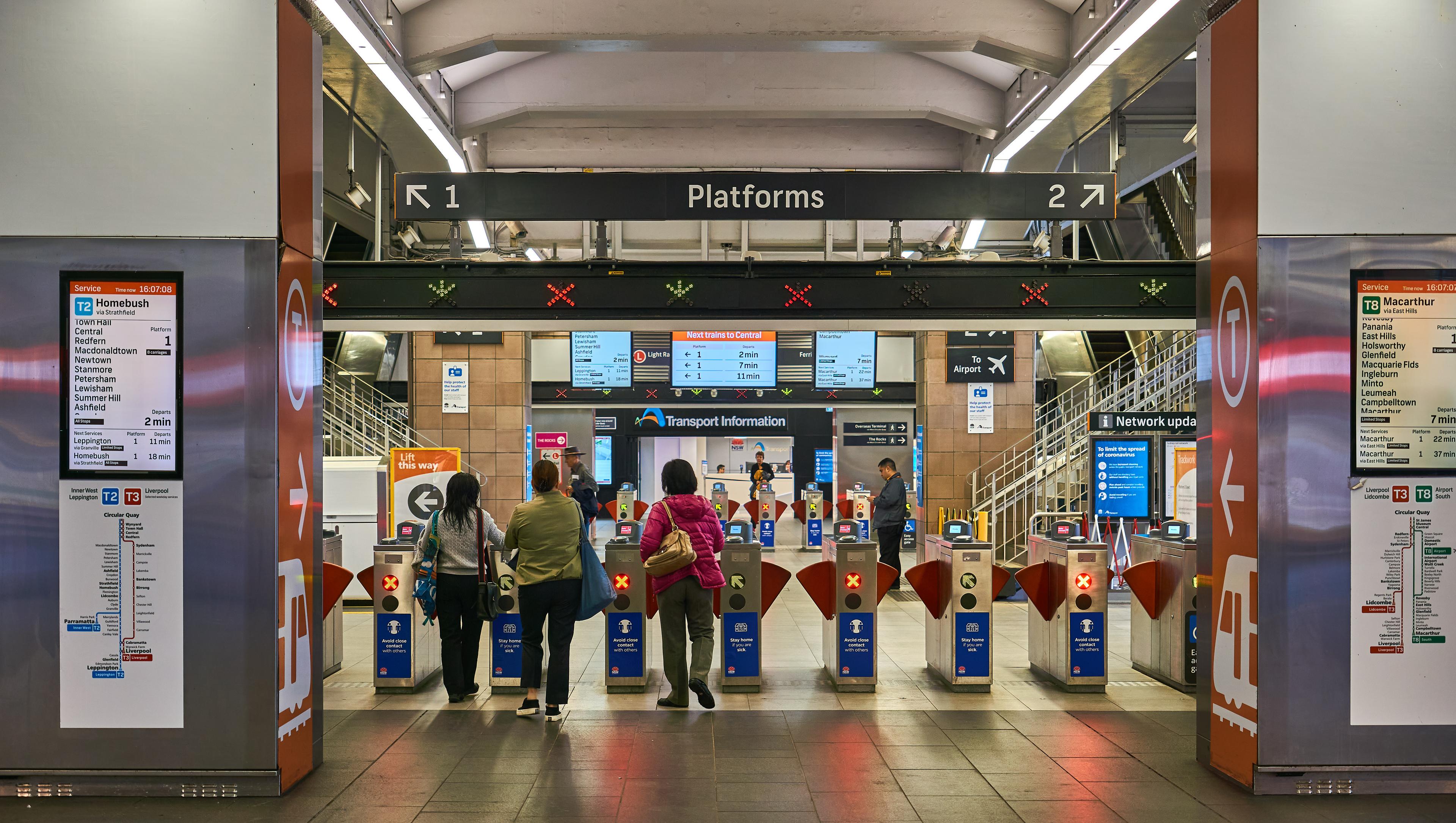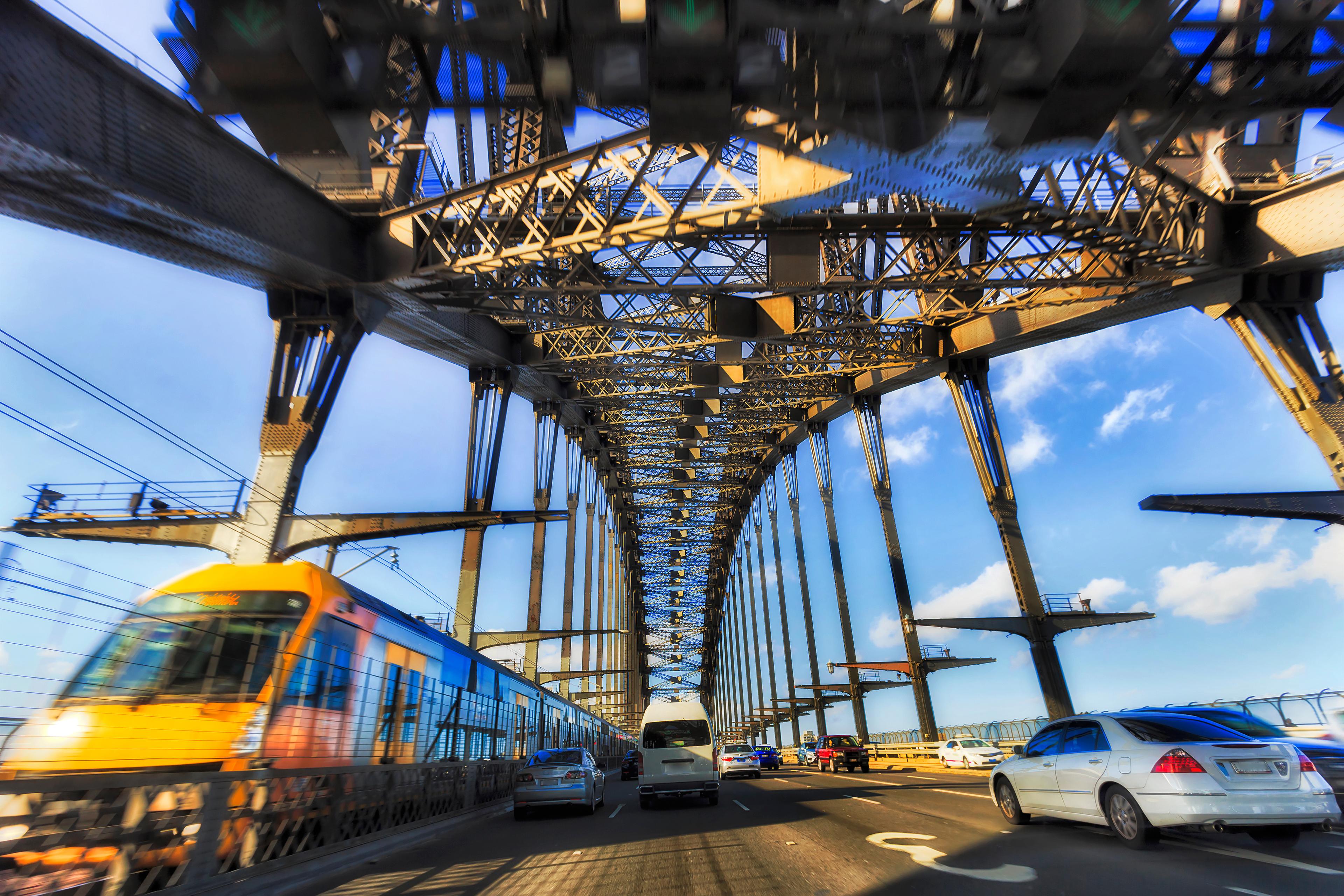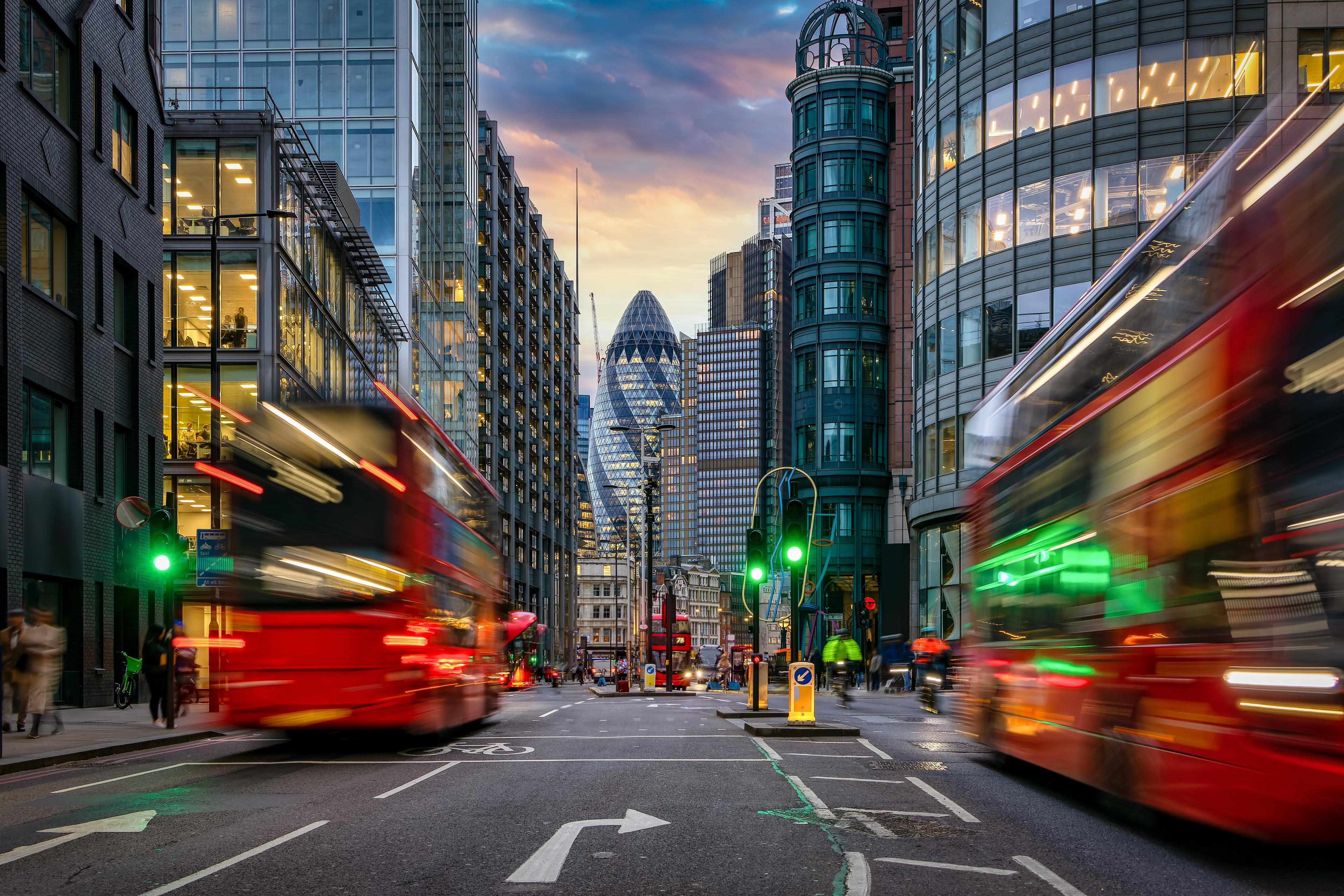Rising urban connectivity: Sydney
by Sara Veale
2024
This article is part of FSF10, our series revisiting previous projects and campaigns in honour of the FSF’s tenth anniversary.
In 2016, as part of our Vital Cities, Vital Connections campaign, the FSF worked with researchers on the ground in Asia, the Middle East, Europe and the Americas to assess the efficiency and sustainability of transport systems in 12 cities around the world. We used this data to produce an interactive scorecard highlighting how each city responds to a series of transport-related performance indicators, from safety and accessibility to the application of data and apps.
Eight years on, new conversations around sustainability, wellbeing and economic opportunity have spurred many cities to improve their transport infrastructure as part of their wider development.
This article is the second in a three-part series that takes a look at London, Sydney and Hong Kong – all home to Make studios – and considers how each city’s approach to connectivity has changed since we published our scorecard. As part of our analysis, Maker Jake Alsop, an architect who’s worked in all three locations, offers some personal insight into each city’s public transport network, cycle and pedestrian infrastructure, and breathability.

Moving towards multimodal
Our scorecard didn’t cover Sydney, which would fall somewhere between a global city and car city under our categorisation. Sydney has many options for transport beyond private cars – including train, bus, ferry, light rail and monorail services – but much of its infrastructure is car-oriented, and car dependency is high, especially in the suburbs.
In 2017 the New South Wales government transport agency launched a long-term strategy to move towards a more integrated, multimodal network, with a focus on improved public transport options.
Public transport network
While buses and trains account for the vast majority of public transport journeys in Sydney, the transit network has a low density of stations compared to other major cities. Several major projects have come into play recently to expand commuting options and reduce congestion on major roadways, including the Sydney Metro, Australia’s first fully automated rapid transit metro system. The service launched in 2019 to connect the city centre with the north-west suburbs, with construction underway to extend the line south-west.
The city has also optimised some of its bus routes and is expanding its electric bus fleet as part of a transition plan to achieve zero bus emissions in Greater Sydney by 2035. Additionally, it’s revived the Sydney’s light rail/tram system – Australia’s second-largest network – and is currently expanding it as part of a bid to reduce private transport and association pollution in the city.
Jake’s view: “When I wasn’t cycling to work, I usually got the bus and train. These journeys in Sydney can be pretty convoluted because of the city’s coastline and lack of underground infrastructure, hence why I preferred to cycle! Other times I walked or cycled to the ferry. Sydney Harbour is beautiful – a stunning and unique way to commute, but also quite an efficient way to get people around.
“The new metro is part of a huge project to connect communities out west and hopefully reduce the number of people who drive to work. A lot of people in the city do that, though you still see many people working in the building industry driving around in diesel-chugging utes.
“Trams have recently returned to Sydney. The city had trams 60 years ago, so it was interesting to see them reintroduced. People seemed to be against it at first – the project took a long time to deliver and went way over budget. They’re slow but seem to be well used, especially along George Street, which is now pedestrianised alongside the tram, a really positive transformation.”

Cycling/pedestrian infrastructure
Sydney hasn’t historically been considered bike-friendly, due in large part to its car-centric road network, but the pandemic – which saw more than 10km of pop-up bike lanes installed to account for limited public transport – has spurred an appetite for better cycling infrastructure. The city added around 7km of dedicated cycleways in 2020 and recently approved proposals to integrate one on Oxford Street, a city-centre artery, to link with existing paths in the CBD.
Several pedestrian safety initiatives also launched in the past few years, including a plan to improve wayfinding, enhance footpaths and introduce new walkable connections across the city. The government is aiming for pedestrian journeys to account for a third of Greater Sydney residents’ commutes and 60% of their local trips by 2030.
Jake’s view: “I was wary of cycling in Sydney when I moved there from London in 2017 – the roads seemed more intense, with fast-moving traffic. The first day I cycled to work, someone yelled out the window to me, so it wasn’t a great start. But over the five years I lived in Sydney, the city made some substantial moves to segregate cyclists from traffic. Lots of new cycle lanes have opened up in Sydney since 2022. About 50% of my route to the Make studio became cycle lanes, including a portion of Oxford Street, past Hyde Park.”
Breathability
Like many major cities, Sydney faces air pollution challenges brought on by vehicle emissions and industrial activities. Wood heaters and bushfires are also significant pollutants, pushing the health cost to nearly A$5 billion per year, according to a long-term government study.
The government’s NSW Clean Air Strategy 2021–2030 sets out several ongoing measures to address this, including the introduction of stricter vehicle emission standards and regulation, subsidies for electric vehicles, and increased public and active transport infrastructure. There are also initiatives for powering the NSW train network with green energy by 2025 as part of Australia’s overall aim to achieve net zero by 2050.
Jake’s view: “Sydney gets pretty hot in the summer, which can affect active travel; so does the hilly topography. With the heat comes the bushfire season, which also brings issues around air quality. These became really extreme right across Australia in 2020. In Sydney the sky turned yellow, and our house was filled with the smell of smoke. The air quality was so bad that people were advised to avoid heavy exercise!
“Aside from the bushfire smoke, the air quality generally seems really good, though, thanks in a big part to the harbour and coast. Typically, I found it the best for breathability compared to London and Hong Kong.”


